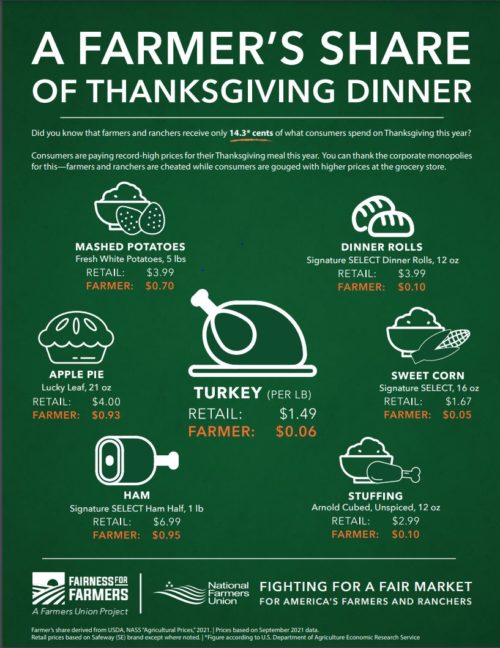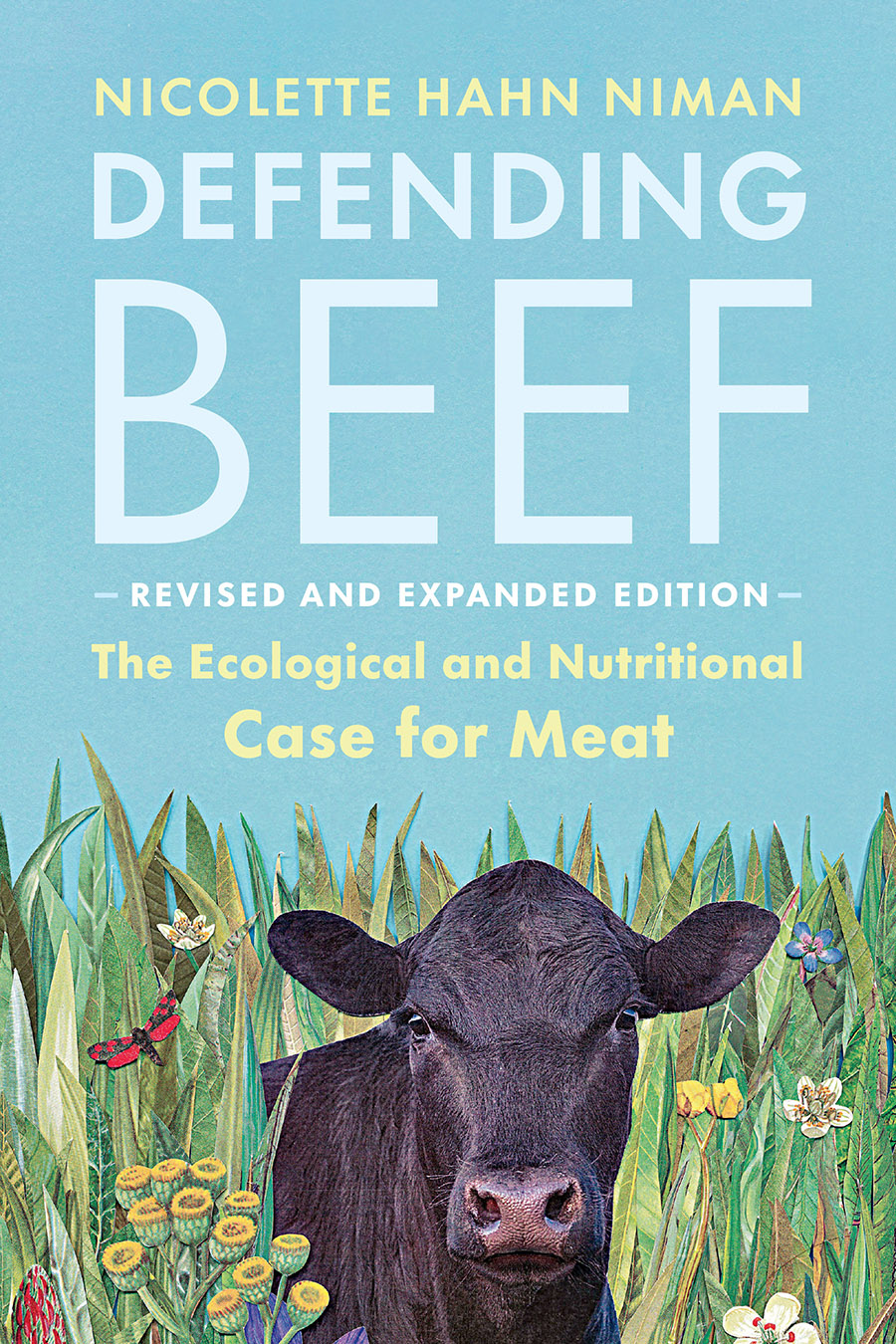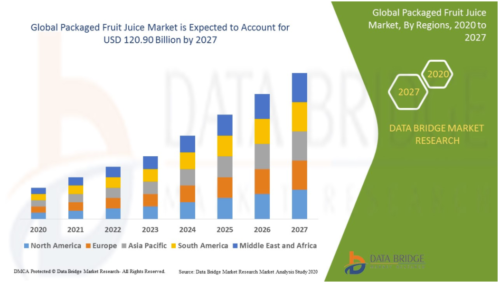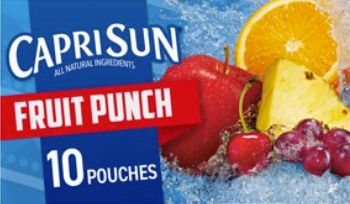Conflicted study of the week: mushroom patents?
A reader in Norway, Marit Kolby, sent me this one.
First, the press release: “Mushroom consumption may lower risk of depression.”
New research led by Penn State College of Medicine also reveals that these superfoods may benefit a person’s mental health. Penn State researchers used data on diet and mental health collected from more than 24,000 U.S. adults between 2005 and 2016. They found that people who ate mushrooms had lower odds of having depression.
The study: Mushroom intake and depression: A population-based study using data from the US National Health and Nutrition Examination Survey (NHANES), 2005–2016. Djibril M.Ba. XiangGao, LailaAl-Shaar, Joshua, E.Muscat, Robert B.Beelman, John P.Richie. Journal of Affective Disorders, Volume 294, 1 November 2021, Pages 686-692.
Hypothesis: “We hypothesized that mushroom consumption is associated with a lower risk of depression in American adults.”
Method: Analysis of dietary recall data from NHANES vs. self-reported depression.
Conclusion: “Mushroom consumers had a lower odd of depression. However, we did not observe a dose-response relationship.”
Funding: none.
Declaration of competing interest: none.
Comment: Ordinarily, beyond noting the conditional “may be linked” (which also could be “may not” and the lack of dose-response, I would not bother to comment on this study except that Marit Kolby wrote:
As usual, the health effects (this time from mushrooms) are greatly exaggerated, especially given the study type and the lack of a dose-response relationship. One compound in mushrooms suggested to explain the association is ergothioneine. The authors list no conflicts of interest. But look at the patent list of the author Beelman.
This called for a look at the patent list. Beelman does indeed hold several patents related to ergothioneine from mushrooms, but most of them are assigned to the Penn State Research Foundation. This is not unusual for universities, but called for a look at Penn’s State’s policy on faculty intellectual property.
Penn State’s policy on patents requires research faculty to negotiate patent income according to a formula.
- PSRF [the foundation]: 40%
Inventor(s): 40%
Administrative Unit of College: 20% - The inventors’ portions of the income are divided according to the contribution percentage that the inventors establish. A memo to establish the percentages to be paid to each invention will be sent to the Inventors before making payment .
Without knowing the details of Beelman’s arrangement with the university, it is difficult to be sure that a conflict of interest exists (he might have turned all the proceeds over to the university), but this situation clearly gives the appearance of a conflict, and an undisclosed one at that.
If professor Beelman is entitled to any percentage of profits from the patents, he has a competing interest and should have disclosed it.
Regardless, his declaration should have acknowledged his patent ownerships, as should the university’s press release.
Are mushrooms a “superfood” as the press release maintains?
Marit Kolby thinks it is more likely that mushrooms are an indicator of usual consumption of whole rather than ultra-processed foods, and points out that a couple of studies have linked ultra-processed foods themselves to depression.






